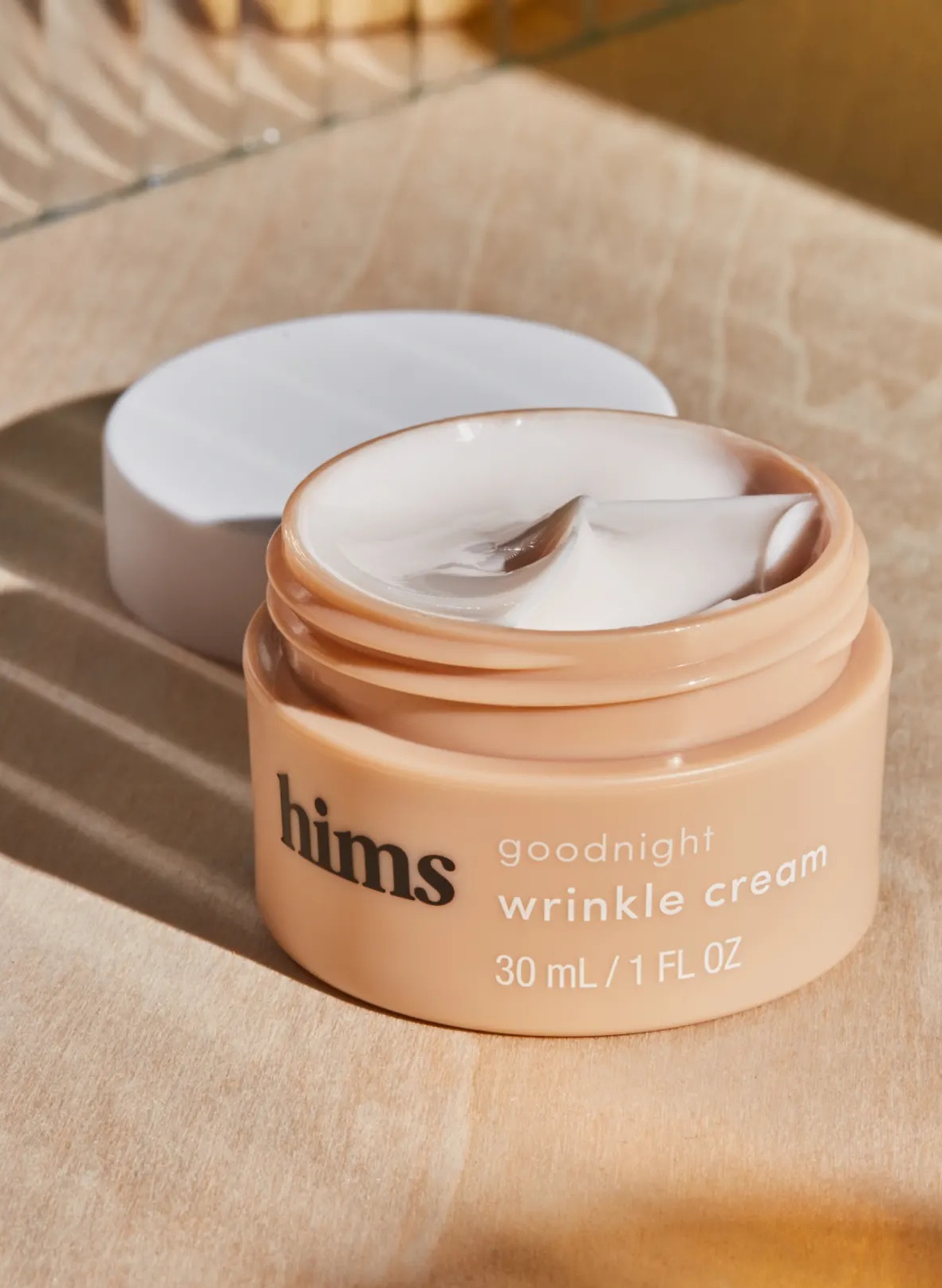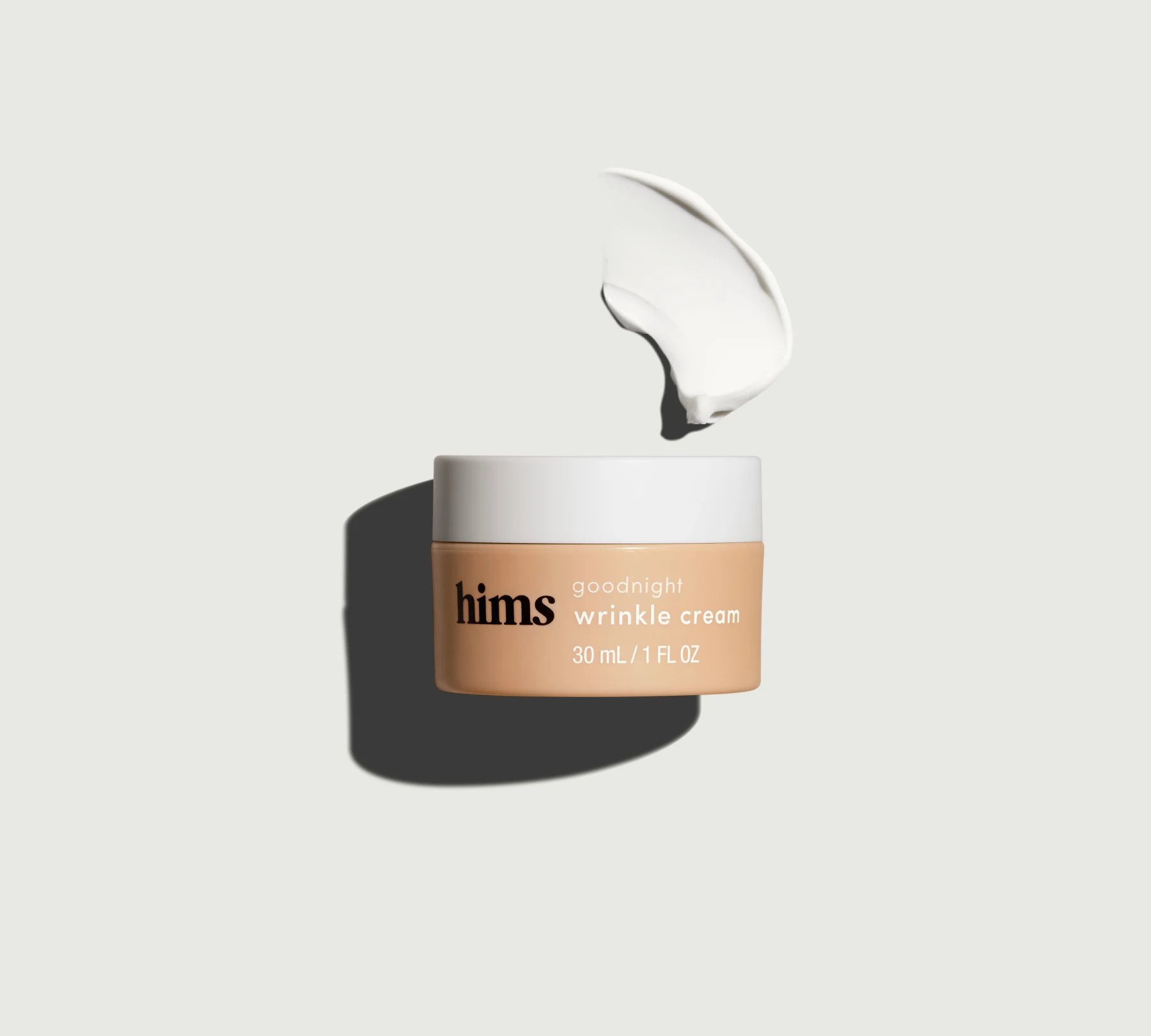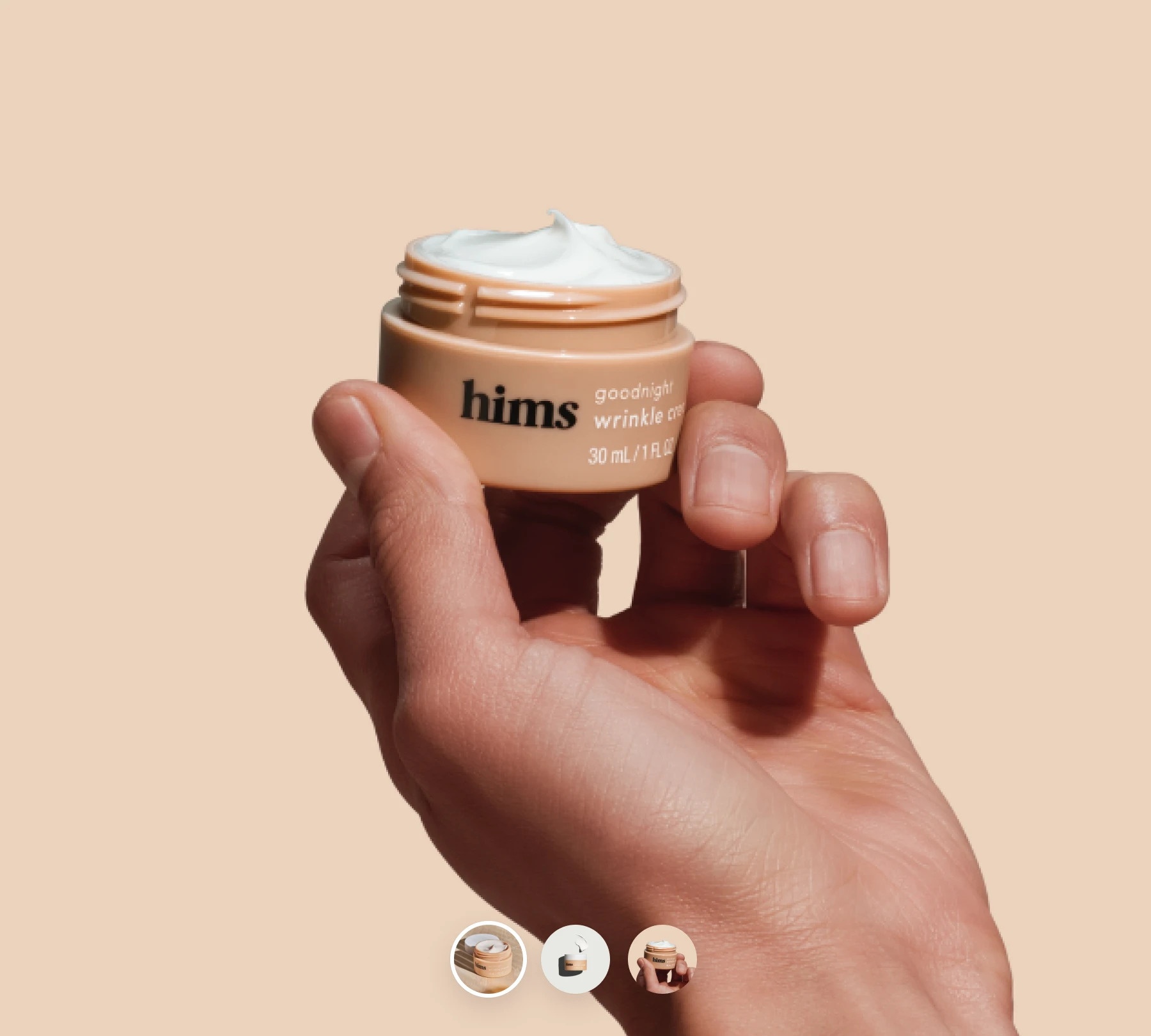
LDN – Low Dose Naltrexone
Low Dose Naltrexone, commonly referred to as LDN, is as its name would suggest: a low dose of naltrexone
$24.00
Additional fees may apply
Description
Background & History
Naltrexone (at higher dosages) has been FDA approved for over 30 years. It is FDA approved for two conditions:
![]() It is FDA-approved to assist with substance dependence at a standard dose of 50-150mg
It is FDA-approved to assist with substance dependence at a standard dose of 50-150mg![]() It is FDA-approved for weight loss in combination with Bupropion, at a dose of 32mg
It is FDA-approved for weight loss in combination with Bupropion, at a dose of 32mg
![]() Naltrexone is an oral medicine that–at high doses–helps control cravings for opioids and alcohol; it also helps to diminish withdrawals due to these substances
Naltrexone is an oral medicine that–at high doses–helps control cravings for opioids and alcohol; it also helps to diminish withdrawals due to these substances
![]() Low Dose Naltrexone (LDN) refers to prescribed doses below 10mg per day (4.5mg/daily is most common)
Low Dose Naltrexone (LDN) refers to prescribed doses below 10mg per day (4.5mg/daily is most common)
![]() At low doses of 10mg per day or less, LDN is shown to reduce chronic inflammation, autoimmunity, obesity, fatigue, and chronic pain
At low doses of 10mg per day or less, LDN is shown to reduce chronic inflammation, autoimmunity, obesity, fatigue, and chronic pain
![]() Used successfully for over 40 years with an outstanding safety record
Used successfully for over 40 years with an outstanding safety record
![]() Hundreds of clinical studies show LDN to be a safe and effective treatment for many inflammatory-related diseases
Hundreds of clinical studies show LDN to be a safe and effective treatment for many inflammatory-related diseases
Longevity Benefits
-
- Lowers ESR (erythrocyte sedimentation rate), a marker of inflammation in the body
- Increases natural endorphin levels
- Strong clinical evidence in reducing chronic pain
- Reduces fatigue and brain fog
- May improve overall mood and feeling of well-being
- May reduce food cravings
- Encourages weight loss in some patients
- Reduces chance of autoimmunity
- Modulates the immune system
Note: LDN has not been approved by FDA for these uses, but there are multiple studies that have shown these benefits (see below). Learn more about “off label” uses.
What symptoms is LDN most likely to help with?
LDN is known to help with variety of chronic inflammation related / auto-immune conditions, such as:
- Fibromyalgia
- Rheumatoid arthritis
- Thyroid Dysregulation
- Anxiety
- Multiple Sclerosis
- Crohn’s and Ulcerative Colitis
Why does LDN have potential benefits for a variety of symptoms?
There are several theories for why LDN is effective:
- LDN lowers chronic inflammation
- LDN stimulates the body to naturally produce more endogenous opioids, which has variety of positive benefits (including beneficial effect on the immune system)
- LDN increases production of endorphins 2x
LDN and Longevity
Based on the mechanisms of action and previous research, we hypothesize that Low Dose Naltrexone lowers chronic inflammation and modulates the immune system, which may prevent the onset of various chronic conditions and may delay the development of age-related health issues. Given that LDN may promote immune cell proliferation, wound healing, and reduce inflammation, it’s highly likely that LDN will be shown to have longevity benefits.
Contact


What clinicians have more recently discovered is that at much lower doses (1/10th), LDN has completely different effects.
Low Dose Naltrexone was shown to have remarkable benefits in the clinical setting as well as in clinical trials. So much so, that:
- It has documentaries filmed about its beneficial effects.
- It has non-profits dedicated to educating clinicians and consumers about its benefits
- It has numerous clinical trials completed demonstrating evidence of efficacy
- It has a large community of people sharing their stories in numerous online forums (for example Low dose Naltrexone (LDN) for chronic illness & infections group has 40k members)
LDN has an outstanding safety record (even at the approved large doses, let alone at 1/10th of the dose).
Research & Studies
 Cancer Risk
Cancer Risk
A case report and discussion published in Cureus: “Clinical trials have proposed a unique mechanism(s) allowing LDN to affect tumors including non-small cell lung cancer (NSCLC) at the cellular level by augmenting the immune system.”
A mouse study in Science Direct showed “Low-dose naltrexone inhibits colorectal cancer progression and promotes apoptosis…”
A review article in International Immunopharmacology concludes “Methionine enkephalin (MENK), was reported to modulate cell growth, MENK was identified as an opioid growth factor (OGF) that interacts with the OGF receptor (OGFr) and regulates cell proliferation…LDN increases production of MENK.”
 Multiple Sclerosis
Multiple Sclerosis
A retrospective study published in the Journal of Clinical Psychopharmacology evaluates links between LDN and quality of life in 215 MS patients “77% of patients had no side effects at any time under LDN…60% of patients reported less fatigue while taking LDN…Three quarters of patients endorsed an improvement in quality of life.”
 Fibromyalgia
Fibromyalgia
Two prospective pilot studies found that “naltrexone is a well-tolerated and likely effective treatment option in the community setting [and] may be an effective, safe, and inexpensive treatment for fibromyalgia.”
A cohort study showed additional support “Low-dose naltrexone reduced fibromyalgia symptoms in the entire cohort, with a greater than 30% reduction of symptoms over placebo.”
A randomized, double-blind, placebo-controlled, counterbalanced, crossover trial assessing daily pain levels observed a significantly greater reduction of baseline pain in those taking low-dose naltrexone than in those taking placebo.
 Crohn’s and Ulcerative Colitis
Crohn’s and Ulcerative Colitis
A study of Crohn’s Disease patients published in the American Journal of Gastroenterology showed that after 4 weeks on 4.5mg LDN, 81% of patients exhibited a response to therapy and 67% achieved a remission (P < 0.001). Improvement was recorded in both quality of life surveys with LDN compared with baseline. No laboratory abnormalities were noted. The most common side effect was sleep disturbances, occurring in seven patients.
 Inflammation
Inflammation
A 10-week crossover trial published in Biomedicines discovered “that LDN was associated with reduced plasma concentrations of pro-inflammatory interleukin cytokines, as well as transforming growth factor (TGF)-α, TGF-β, tumor necrosis factor (TNF)-α, and granulocyte-colony stimulating factor (G-CSF).”
Clinical Rheumatology published a review of multiple studies stating their findings that naltrexone “reduces the production of reactive oxygen species and other potentially neuroexcitatory and neurotoxic chemicals…and reduces ESR (erythrocyte sedimentation rate) a common marker of inflammation.”
 Weight Loss
Weight Loss
A study on hyperandrogenic women found “that using Naltrexone actually helped to lower fasting insulin levels by up to 40%.”
Another study of obese women showed that “Naltrexone may help to increase Growth hormone levels” which in turn helps develop lean body mass and increase ability to burn fat.
Naltrexone in combination with Buproprion “is more effective in inducing weight loss than Bupropion alone.”
 Fertility
Fertility
A study of women with ovarian failure “who were treated with LDN resulted in a 74% pregnancy and live birth rate.”
How It Works
LDN Works on a Cellular Level to Increase Longevity
Endorphins are polypeptides made by the pituitary gland and central nervous system to moderate the production of neurotransmitters, such as serotonin and dopamine. Endorphins primarily help us to reduce pain and inflammation, promote autophagy, and cellular clean up.
In individuals with diagnoses such as depression, fibromyalgia, cognitive degeneration, and autoimmunity, consistent findings show chronically low levels of endorphins—specifically, low levels of an endorphin called the Opioid Growth Factor (OGF). OGF is an endorphin produced in most cells in the body to both influence and regulate cell growth, as well as immunity. When low levels of OGF endorphins exist, it is likely for individuals to develop immune system disorders. Low Dose Naltrexone (LDN) has been shown to increase OGF levels in the body, resulting in positive outcomes for those suffering from the aforementioned diagnoses.
How Does it Work?
LDN first binds to opioid receptors. In doing so, it helps to displace the body’s naturally-produced OGF. As LDN displaces OGF receptors, affected cells become OGF-deficient and, as a result, three vital processes occur:
- Receptor production is increased to try to capture more OGF
- Receptor sensitivity is increased to capture more OGF
- Production of OGF is increased to compensate for the perceived shortage of OGF
Since LDN will only block OGF receptors for three to five hours, the body experiences a rebound effect—which greatly increases the production and utilization of OGF. Once the LDN has fallen off the OGF receptors and excreted, the increased number of endorphins bind to the now more-sensitive and more-plentiful receptors. As a result, these new and improved receptors assist in regulating cell growth— promoting healing, reducing inflammation, and increasing immunity and autophagy.
https://weillcornell.org/news/what-you-need-to-know-about-low-dose-naltrexone
Their work with the drug, Naltrexone, is an outgrowth of an international partnership with the UK-based LDN Research Trust Charity. According to The Trust, Naltrexone is safe, non-toxic, and inexpensive, and has been used in the United States since the FDA first approved it in 1984.
Ageless VIDEO – https://www.youtube.com/watch?v=Q9tIaHGRc24
Most Common LDN Side Effects
- Vivid dreams
- Mild anxiety
- Insomnia
- Headache
During the first three to five days of taking LDN, you may experience mild to moderate levels of the above side effects. Side effects typically diminish on their own by day five. To reduce the risk of side effects, the recommended protocol is to start with a ½ tab (2.25mg) for the first two weeks with a gradual increase to the 4.5mg dose.
Note: Please stop taking any dosage of Naltrexone a minimum of 48 hours before any surgical procedure or medical diagnostic requiring sedation, such as surgery or a colonoscopy. If you are not sure if you need to stop Naltrexone, please ask your doctor ordering the test or procedure. Additionally, Naltrexone cannot be taken in conjunction with opioids/painkillers. If you need to stop taking Naltrexone for a surgery, and accompanying pain killers are prescribed, you may resume LDN only 48 hours after you take your last painkiller.
For a full list of possible side effects, click here.
Note: The above statements have not been evaluated by the Food and Drug Administration. This product is not intended to diagnose, treat, cure, or prevent any disease.
Possible Drug Interactions
Tell your doctor and pharmacist if you are allergic to naltrexone, any of the ingredients of LDN tablets, as well as any other medications. Ask your pharmacist or check the manufacturer’s patient information for a list of the ingredients.
Tell your doctor and pharmacist what other prescription and nonprescription medications, vitamins, nutritional supplements, and herbal products you are taking. Be sure to mention any of the following: amiloride (Midamor); angiotensin-converting enzyme (ACE) inhibitors such as benazepril (Lotensin, in Lotrel), captopril, enalapril (Vasotec, in Vaseretic), fosinopril, lisinopril (in Zestoretic), moexipril (Univasc), perindopril (Aceon), quinapril (Accupril), ramipril (Altace), and trandolapril (Mavik); beta-blockers such as atenolol (Tenormin), labetalol (Trandate), metoprolol (Lopressor, Toprol XL), nadolol (Corgard, in Corzide), and propranolol (Hemangeol, Inderal, InnoPran); calcium channel blockers such as amlodipine (Norvasc), diltiazem (Cardizem, Cartia, Diltzac, others), felodipine, isradipine, nicardipine (Cardene), nifedipine (Adalat, Afeditab CR, Procardia), nimodipine (Nymalize), nisoldipine (Sular), and verapamil (Calan, Covera, Verelan, in Tarka); cimetidine (Tagamet); digoxin (Lanoxin); diuretics (‘water pills’); furosemide (Lasix); hormone replacement therapy; insulin or other medications for diabetes; isoniazid (Laniazid, in Rifamate, in Rifater); medications for asthma and colds; medications for mental illness and nausea; medications for thyroid disease; morphine (MS Contin, others); niacin; oral contraceptives (‘birth control pills’); oral steroids such as dexamethasone, methylprednisolone (Medrol), and prednisone (Rayos); phenytoin (Dilantin, Phenytek); procainamide; quinidine (in Nuedexta); quinine; ranitidine (Zantac); triamterene (Dyrenium, in Maxzide, others); trimethoprim (Primsol); or vancomycin (Vancocin). Your doctor may need to change the doses of your medications or monitor you carefully for side effects. Read more here.
ADDITIONAL LINKS:
Follow Us
Subscribe
1235 Divi St. San Francisco, CA 92351
